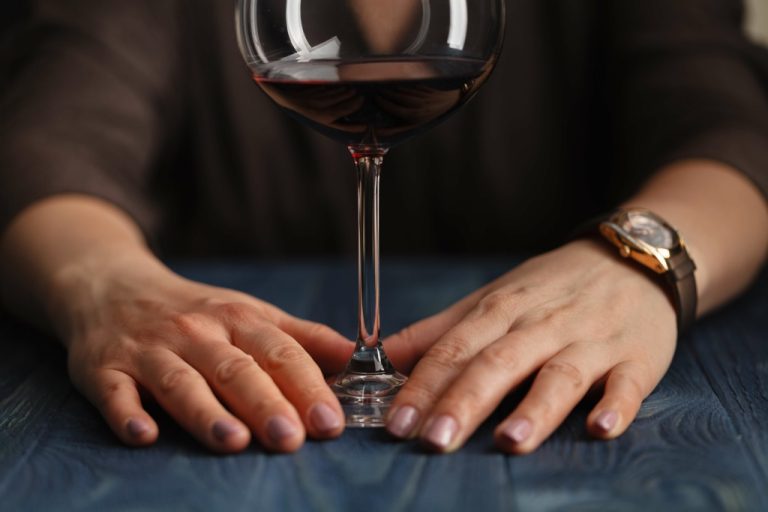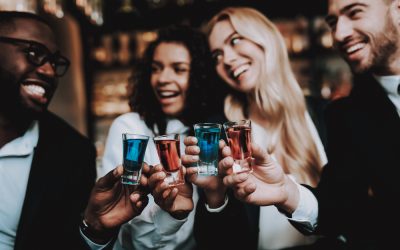During addiction, the brain’s natural production of dopamine becomes suppressed, and without the drug, dopamine levels plummet, leading to intense cravings and withdrawal symptoms. This state is both physically and emotionally painful, which often drives individuals back to substance use to relieve their discomfort. When a person tries to stop using the substance, withdrawal symptoms often follow. These symptoms vary depending on the drug but can include anxiety, irritability, nausea, depression, and physical pain.
- The cycle of addiction explains why quitting is so difficult—but it also shows that recovery is possible.
- This intense desire for the substance reinforces the cycle, as the individual feels compelled to satisfy the craving, often despite the consequences.
- It causes a person to take drugs repeatedly, despite the harm they cause.
- The best way to break the cycle and get help is by pursuing a qualified addiction treatment specialist.
Can Someone Beat a Drug Addiction on Their Own?

Experimentation and regular use may be managed with education, counseling, or family-based interventions to prevent further escalation. Breaking the cycle of addiction is challenging, but with the right support and treatment, it is possible to reclaim control what is alcoholism over one’s life. By addressing the brain’s complex chemistry and the emotional aspects of addiction, individuals can find a path to recovery.
Treatment Process
- However, many need admission to a hospital or a residential treatment center.
- As your use increases, you’ll grow more tolerant to the substance1 and its pleasurable effects.
- Open discussions on addiction, especially with children, can teach the realities of substance use.
For example, someone addicted to cocaine may continue using despite financial ruin or family breakdown. In choose the correct cycle of addiction. 2023, only about 10% of U.S. adults with substance use disorders sought treatment, underscoring the barriers to recovery. Approximately 20% of U.S. adults report having tried an illicit drug at least once, underscoring the prevalence of this stage.

What Are the Stages of Addiction Cycle?
Many support groups follow the 12-step model first developed by Alcoholics Anonymous. As your use increases, you’ll grow more tolerant to the substance1 and its pleasurable effects. You may start to plan your day around substance use or start canceling plans that might keep you from it. After the first use, you may come back to the substance occasionally.
Alcohol Poisoning: What It Is, the Warning Signs, and Why It’s a Medical Emergency
Detox is otherwise known as detoxification or withdrawal therapy. Detox focuses on helping people to stop taking the addicting drug as quickly and as safely as possible. BetterHelp can connect you to an addiction and mental health counselor. This final stage circles back to the intoxication stage once a person uses drugs again.
